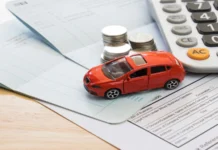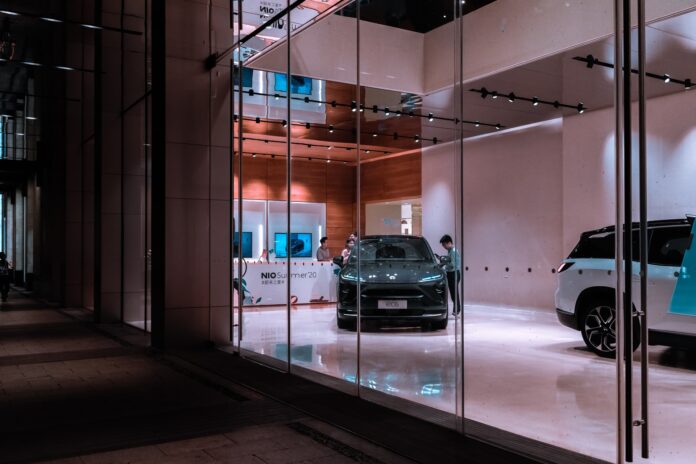
If you’ve ever passed by a car dealership you might’ve wondered what happens to the cars they cannot sell. To be honest, you’re not the only one. A lot of people are wondering the same thing. It’s not common knowledge of how the car dealerships operate so it should come as no surprise that a lot of people don’t know what happens to those cars that stick around for a long time.
This might sound strange, however, there’s no such thing as a car that never gets sold. Of course, we’re talking about cars from dealerships, brand new cars. Not the 40-year-old car that can no longer start. Those things end up in junkyards more often than not. We’re talking about the new, unused cars that tend to linger around for longer than the dealership would’ve wanted. What happens to those cars? Do they just sell them at half a price? Are they salvaged for parts or returned to the manufacturers?
What happens to cars at the dealership?
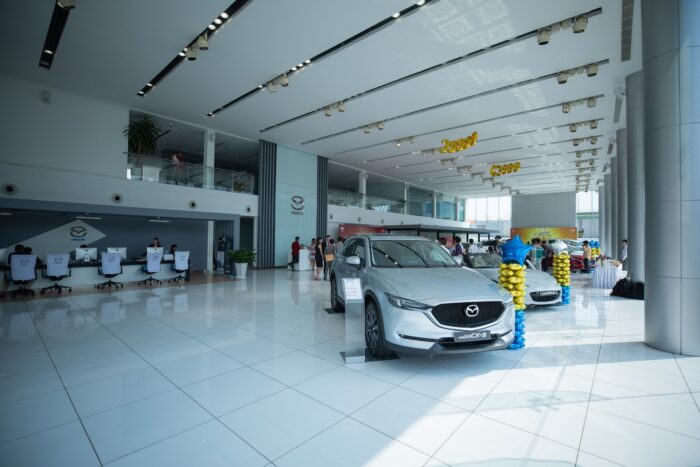
Let’s first take a look at what happens to all the cars at the dealership. The main goal and what happens for most of the cars are – they end up being sold to the customer. However, as we’ve mentioned, that doesn’t always happen. In an ideal world for the dealers, they would sell all of their cars in about three months, get the new shipment in and repeat the process. In some cases, that does happen, but it’s not that common for a dealership to clear their inventory so quickly. Some vehicles sell right away, the others stick around for some time.
What happens inside the dealership is, the management and the bosses urge the sellers to sell the cars as quickly as possible. It’s not for the reason of just being quick for the sake of being quick. The longer the ride stays at the lot, the more it costs the dealership. That’s why, sometimes, you get offered a car that is not what you’ve asked for, but rather it’s in the dealership’s interest to sell the car that’s been there for quite some time now. In all comes down to what’s known as a carrying cost. The carrying cost is the main reason why all cars eventually get sold one way or another. So, let’s discuss that for a bit.
What’s a carrying cost?
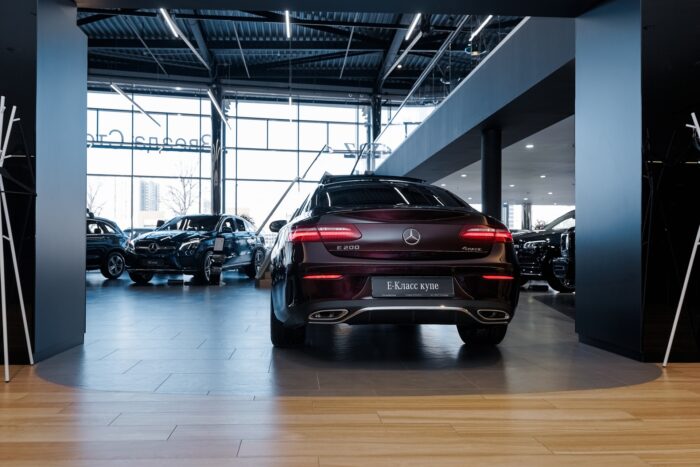
Why are there carrying costs to a vehicle at a dealership? The truth is, almost nobody deals only in cash nowadays. The chances are, you wouldn’t walk into the car salon with $100,000 in a briefcase to purchase a vehicle. It’s not impossible, you just might for all we know, but usually, that doesn’t happen. The same thing applies to dealerships. They don’t walk into an office and strike a deal with Porsche or Ford to buy a number of vehicles for 10 million dollars in cash, that’s just not how it works. It might surprise you, but they do the same thing their customers do, they finance the vehicle.
Car lose their value quickly
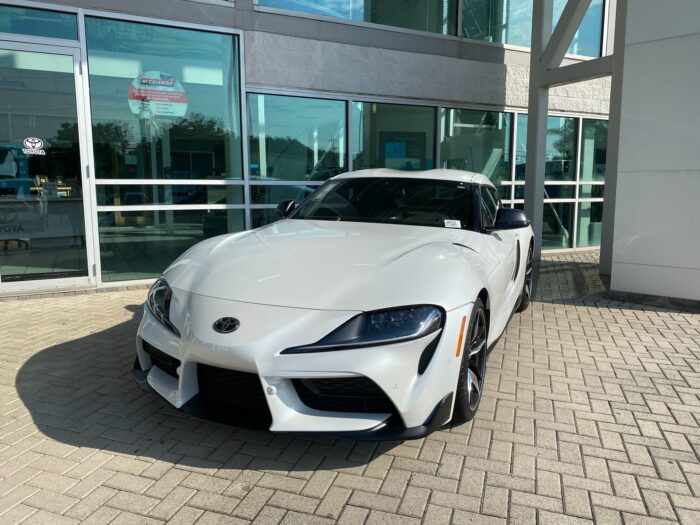
You’ve probably heard the saying that the new car is probably the worst investment because the moment you turn your key and move an inch that car is now a used car and its price has dropped significantly. Those cars are then bought off of various sites, not the dealership.
In case you want to know more, check out https://chobrod.com/car-sale
However, for a dealership, the car loses its value just by sitting at the lot. With every passing day, they slowly lose profit by paying interest on their loan. Additionally, that’s not the only cost of the unsold vehicle. There’s something called opportunity cost. A car that’s not sold is being kept at the lot and it’s taking up space that could potentially be filled with a car that sells better. There’s a couple of moving parts when it comes to the reason why dealerships are eager to get ‘rid’ of those.
So, what are the solutions to the question at hand? What happens to those cars that overstay their welcome?
They’re eventually sold to a customer

Sometimes, they’re eventually sold to the customer. The cars that stay are more often than not rare cars, so someone, somewhere, may want that car specifically so it gets sold. Also, these cars are a solid deal, so you might want to look into them. Most dealerships tend to drop the prices and offer better deals on those cars and it usually happens during September or October. So, if you’re in the mood for a new car and don’t mind waiting, fall is the season where the leaves aren’t the only thing that falls.
They become a loaner
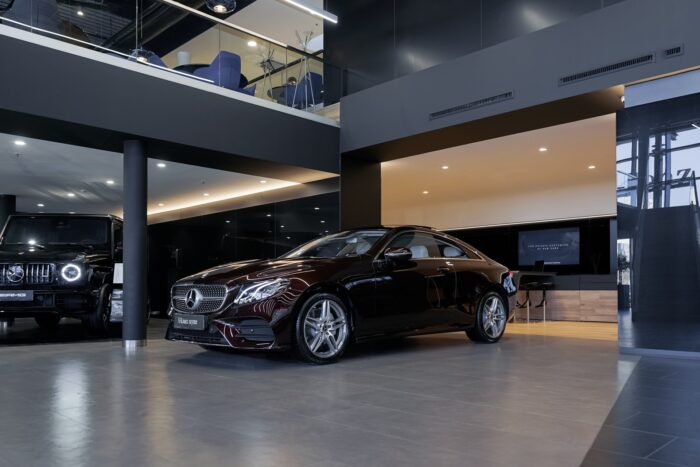
Another thing that can happen to a lingering car is that it can become a ‘loaner’. What this means the car isn’t technically new for that point on (it’s marked pre-owned), but it’s really taken care of in a great way and it hasn’t been driven as much as a regularly used machine.
There are two types of loaner cars at the dealership. The first one is the service loaner. What this means is, this will be loaned out to a service customer. In other words, when a customer delivers a vehicle for regular maintenance, check-up, or repair service, a dealership loans out another car to them for a few days while theirs is at the shop. These are rarely driven for more than a few hundred miles and are a great deal as well.
Also, they can become so-called staff demos. This means is that the people employed at the dealership gets to drive the car because they work there.
They’re auctioned off
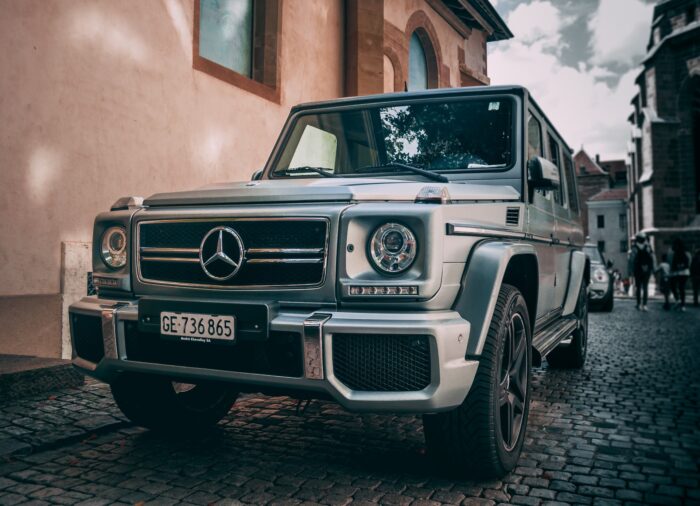
The final destination for these ‘unsold’ vehicles is the auction. You might have not heard of them, but that’s because they’re not available for the general public, only for licensed dealers and dealerships. What this means is, the dealership has given up on trying to sell the car the regular way and it’s okay with taking the loss. In the end, it’s better to auction it off than keep paying carrying costs forever.
Another way of minimizing the loss is by donating a vehicle to a non-profit organization and enjoying tax write-offs. However, this is rarely done.
In the end, it’s like we’ve said at the beginning. Every car eventually gets sold. Whether you auction it off, wait for the right buyer or just drive it around and sell it as a used vehicle, one way or another, the car will find its way out the door.


